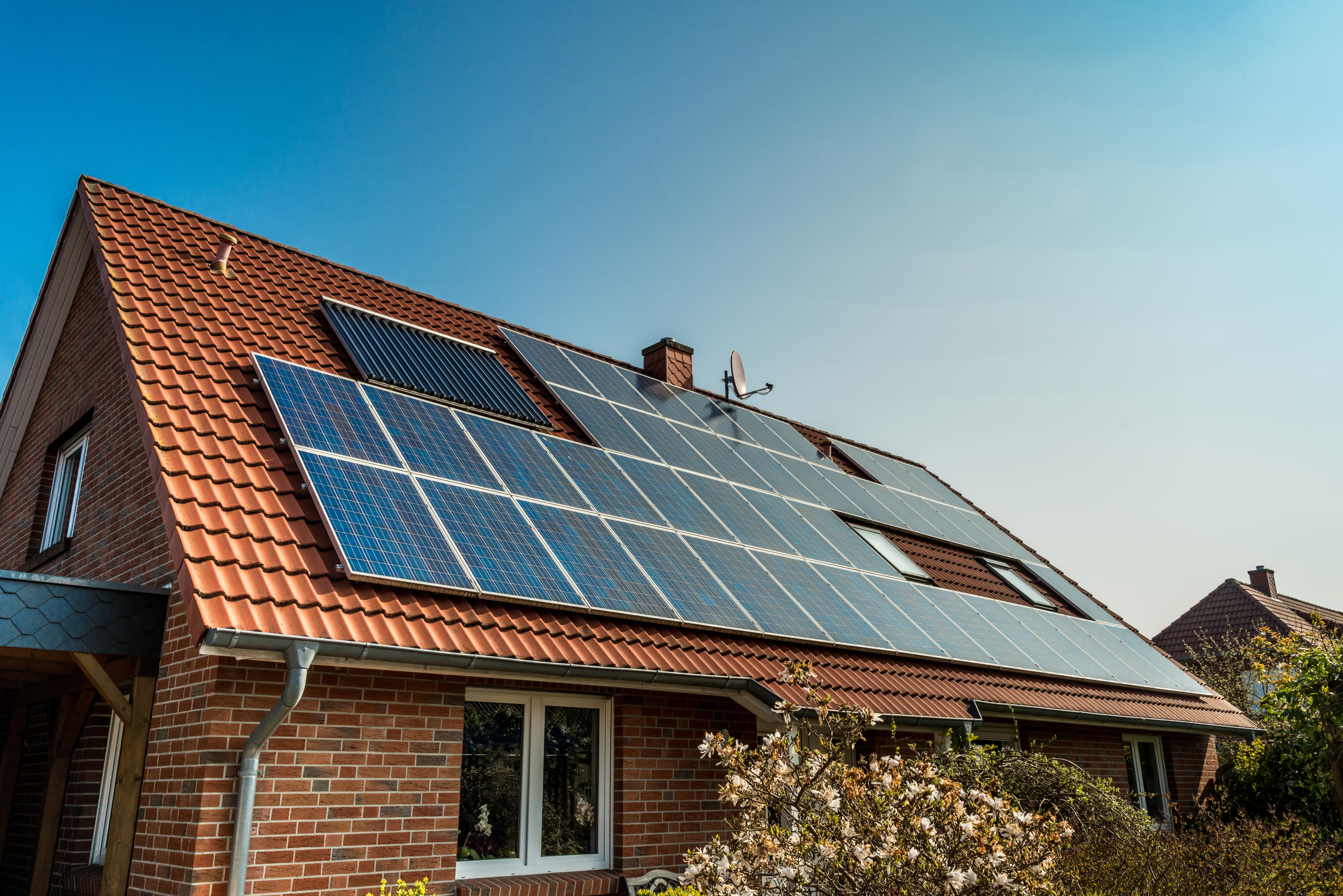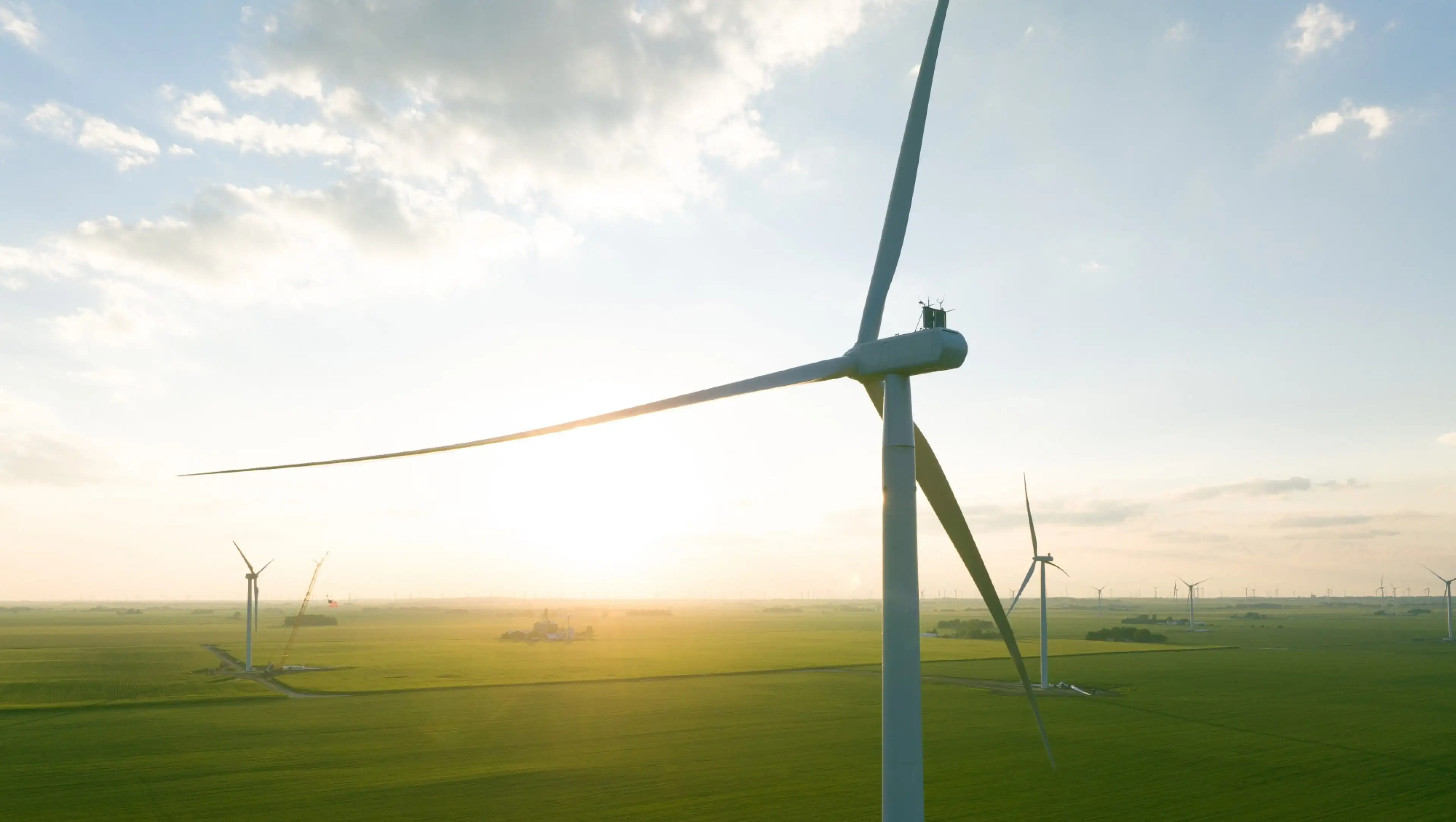Solar panels on building are generating ‘hidden’ energy because it cannot be measured as it is reknot recorded on customers’ smart meters.
This makes it harder for grid operators to predict energy flows accurately, and flex the grid accordingly, especially on sunny days when solar output surges. By the end of 2023, the UK had 20GW of solar power installed, including 4.2GW on homes. Total solar capacity is expected to grow to 90GW by 2035.
To tackle the challenge of making rooftop solar more visible, the ‘AI for Visibility and Forecasting of Renewable Generation’ project, developed in partnership with Open Climate Fix (OCF) and UK Power Networks, uses machine learning to estimate rooftop solar capacity not captured by the grid.
The AI-driven project analyses historical weather and satellite data alongside UK Power Networks’ substation measurements to estimate how much solar power is being generated in real time. Uniquely, the model maps rooftop solar generation without relying on imagery. These insights feed into a forecasting model that predicts how much unmetered solar energy will be produced at each primary substation.
Dan Travers, co-founder of Open Climate Fix, said: “We believe that modern technology can provide transformative solutions that will enable a more efficient and cost-effective electricity grid. Our collaboration with UK Power Networks is the perfect example of how the UK can harness AI to create tools that proactively support the transition to net-zero. We’re thrilled to be partnering with UK Power Networks on this innovation project and look forward to delivering work that will have a direct impact for consumers.”
© 2019 Perspective Publishing Privacy & Cookies







Recent Stories